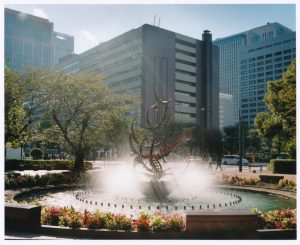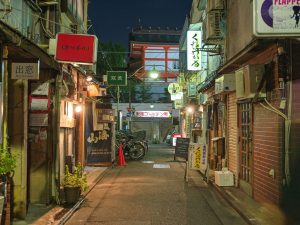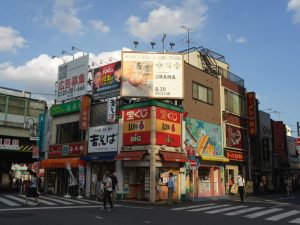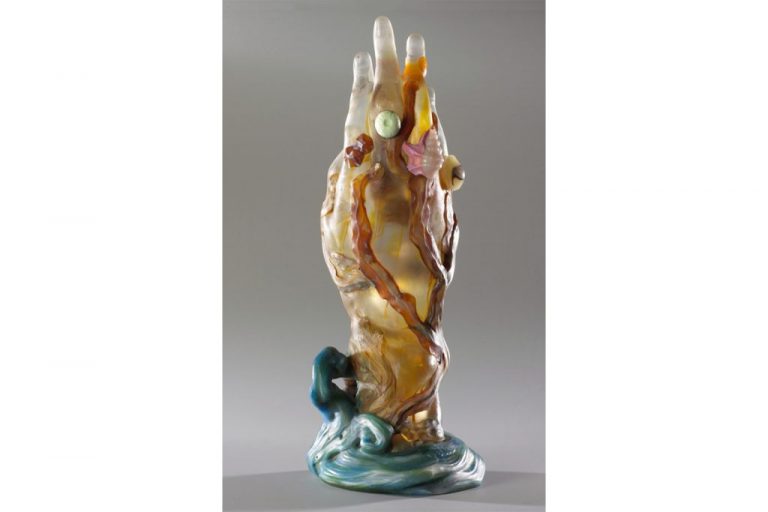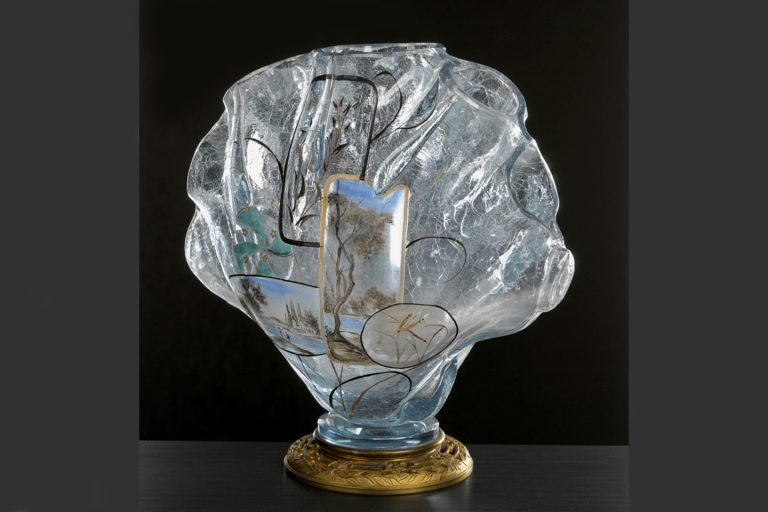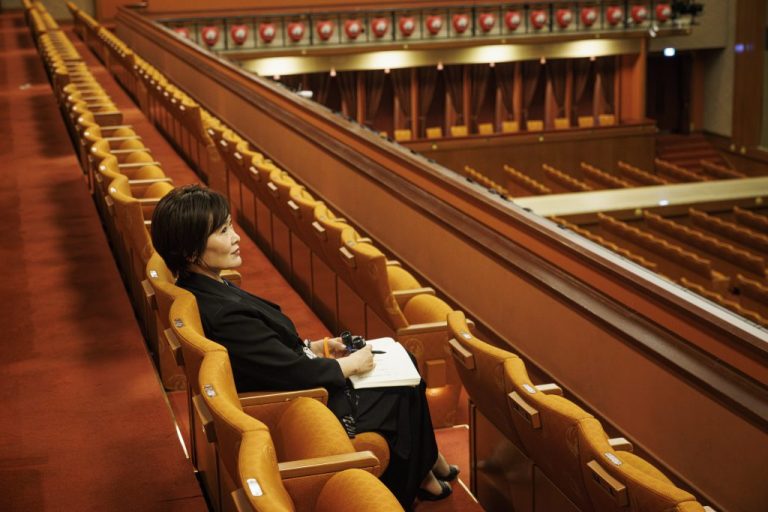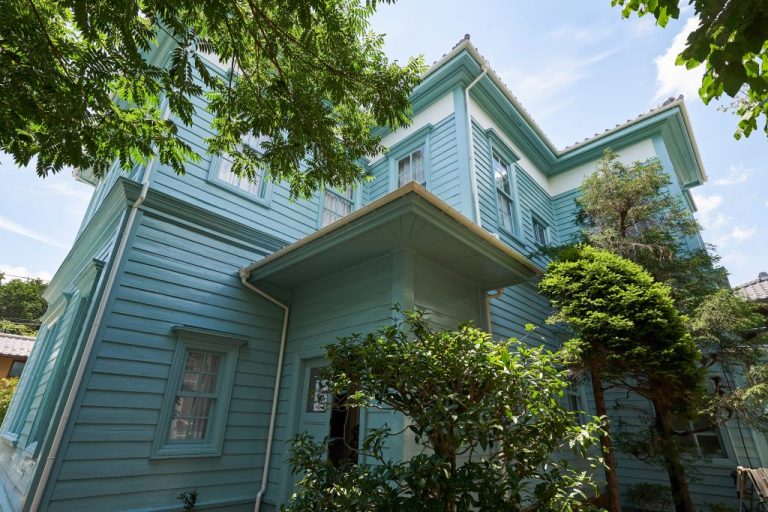“Traveling Through My Memories of Tokyo” is a new series where Naoki Ishikawa will talk about his hometown, Tokyo, with his own words and photographs. In the previous part of the interview with him, prior to the publication of his essay series, we asked him mainly about places associated with him. In this part, we will be asking him about the image he has of Tokyo, its original landscape and attractions.
Naoki Ishikawa: Traveling Through My Memories of Tokyo, Interview 2/2
Naoki Ishikawa: Traveling Through My Memories of Tokyo
No.002
Naoki Ishikawa
Born in Tokyo, 1977. Graduated from Tokyo University of Arts, the Doctor’s Course (later program). He is interested in anthropology and cultural anthropology, traveling to every corner of the world, from remote areas to cities to take photographs. He received a New Face Award from the Photographic Society of Japan, for NEW DIMENSION (AKAAKA Art Publishing) and a Culture Award from Kodansha for POLAR (littlemore). He also received a Domon Ken Award for CORONA (Seidosha). He has also written books, such as Saigo no Bōkenka (The Last Adventurer) (Shueisha), which received a Takeshi Kaikō Non-Fiction Award. He is currently working on publishing four sequences of photography books: Lhotse, Qomolangma, Manaslu, Makalu (SLANT), which feature peaks above 8000m in the Himalayas. His latest photography book, Kata to Satoyama (Seidosha), was published in July, 2015.
--You have a lot of memorable places all over Tokyo. What is the original landscape of Tokyo like to you?
When I was in elementary school, there was a gutter in front of my apartment in Itabashi. It was so dirty that I could see chironomid larvae all the time. Its banks were completely cemented and we could neither play around it nor touch the water because it was quite deep. All I did was look at it, but it has remained at the back of my head.
Another thing is a jam-packed subway that I used to take to school. I remember seeing the tummies of salarymen. In the crowded train, I was riding with my backpack on, being pushed around, and yet I was absorbed in reading a book.
I also remember a slope in Kudanshita along my route to school. The cherry blossoms at the Imperial Palace were beautiful in spring. I used to use a cherry petal as a whistle and take a nap in Kitano-maru park, where people were in rowboats. In the fall there were lots of ginko nuts all over the slope in front of the school, stinking up the air.
--Tokyo is a city that is made up of all kinds of things, yet it is a familiar place to you. What is an attraction that you want to share with the rest of the world?
I haven’t really thought about it, but I would probably introduce museums, galleries and theaters. I like museums, and often see movies and plays. Art, movies, plays and novels are just like travel, in the sense that you can encounter the unknown and enjoy it. You see, when you view a brilliant work, you feel a kind of commotion and shaking inside yourself. For example, when you are so absorbed in a book on the train you miss your stop, and hurriedly get out, you look at the sky to find that it is nothing like any sky you have ever seen. That is exactly the same feeling you get when you encounter a new world when you see a magnificent view at the Himalayan mountains and near the poles.
--What kind of impressions do you have now of Tokyo?
My impression of Tokyo now is that it is colorless and transparent. For example, when you travel to places, whether to India or Okinawa, those places have distinct, clear colors. But I don’t see that in Tokyo. To me, Tokyo is a place where you can go without being “prepared.” It is certainly different from your travel destinations, where you need to be prepared by doing some research in advance on transportation and other information with guidebooks. You don’t really have anything you don’t know here. This is a city you can walk with ease. Of course, I think about Tokyo when I’m on the road, especially foods, such as the food my parents make, the food at a restaurant I frequent go and the food at a place someone once took me to, and so on. I also think about movie theaters and museums I often go to, because you can’t find them in the mountains. I feel relaxed when I come home from my trips.

--This is the last question for you. It is about your essay series. The title you’ve decided on has the phrase Traveling Through My Memories, so how are you going to travel through your memories?
I haven’t really taken much time going back through my past. I’ve been always facing forward. Therefore, it’s going to be a new challenge for me to write this series of essays.
--The new essay series is Traveling Through My Memories of Tokyo. I am really looking forward to seeing aspects of Tokyo through the lens of Naoki Ishikawa.
Text/Organization: Emi Sato


